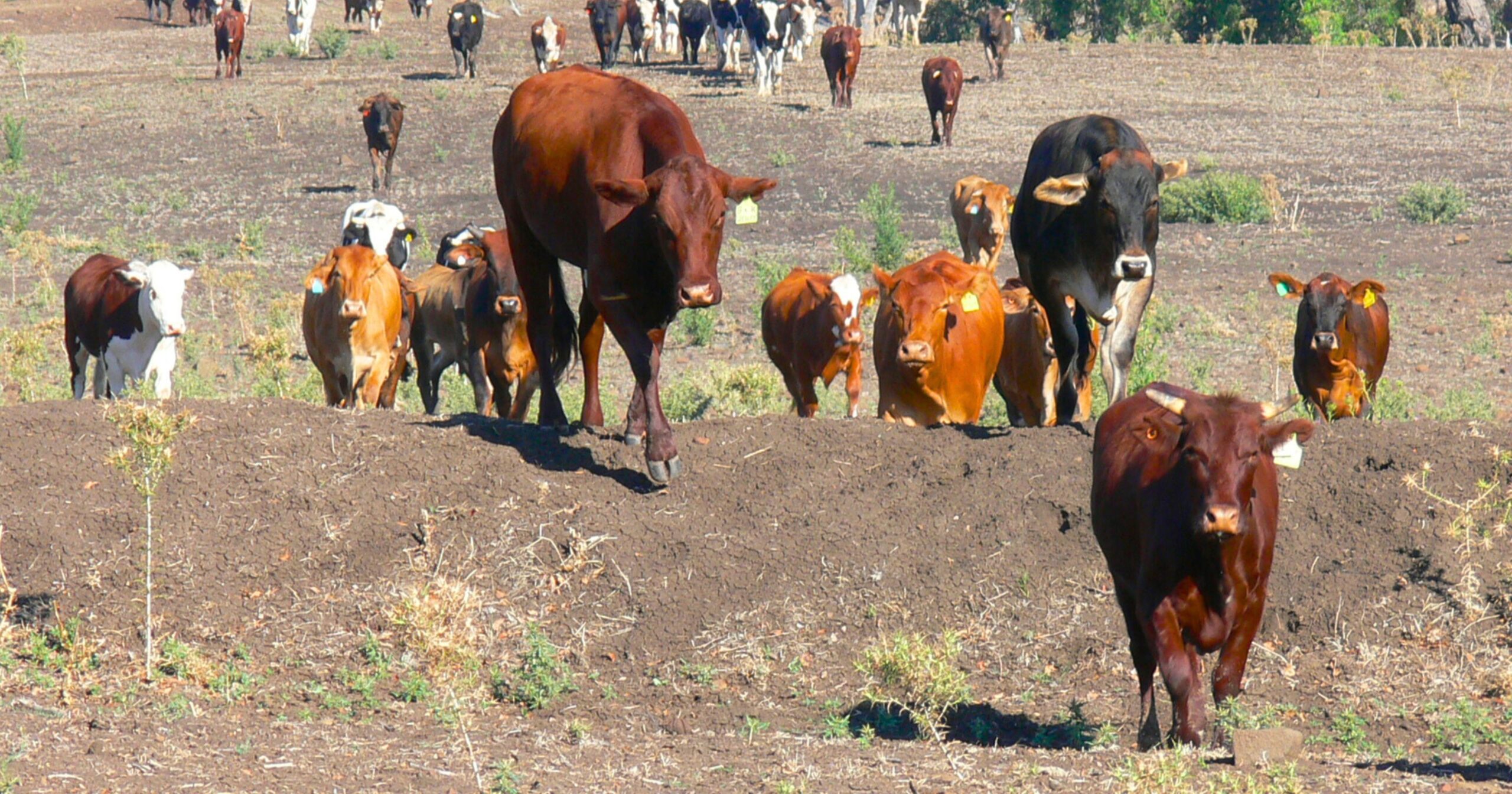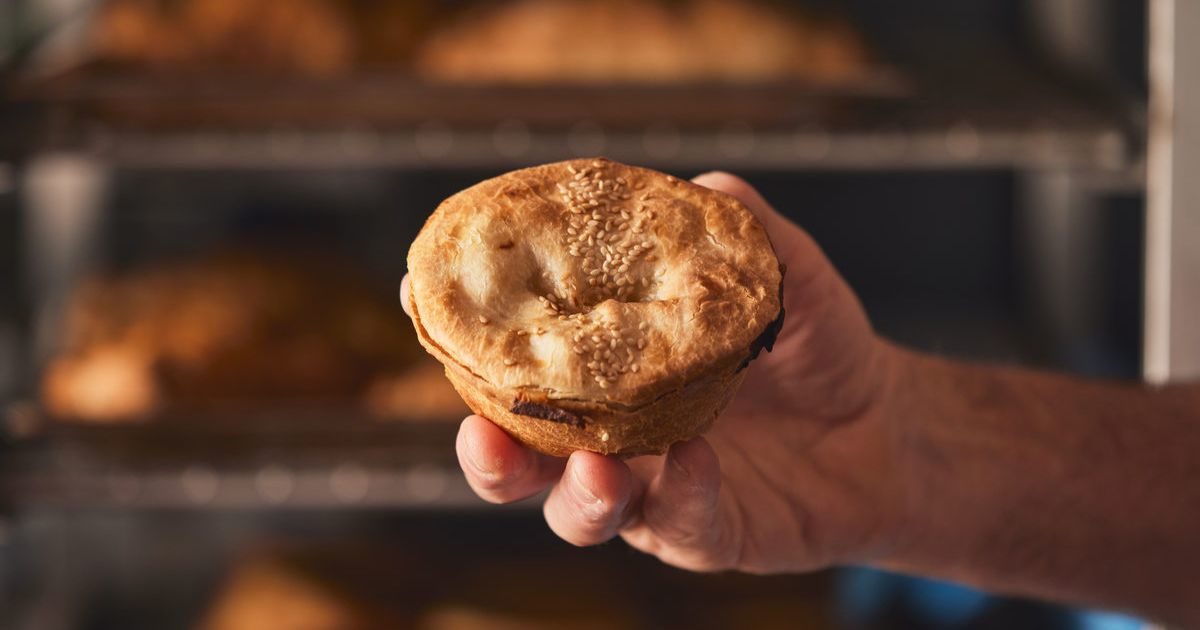Be aware of palm oil
Young People’s Trust For the Environment
Have you heard of palm oil? How about vegetable oil or olive oil? Oils from plants, vegetables, seeds and nuts have been used for centuries all over the world for many different foods and products, so what makes palm oil such a controversial product?
Palm oil is an edible vegetable oil that is made from the fruits of the African (and sometime the American) oil palm tree. These trees grow hundreds of little orangey red fruits that are squashed, squeezed and pulped to produce palm oil. At the centre of the oil palm fruits, much like a nectarine, there is a stone, or ‘kernel’ and this is chopped and mashed up to produce the high protein ingredients palm kernel meal and palm kernel oil.
Oil palms are native to Africa, where palm oil has been used in cooking for thousands of years. The trees grow naturally in tropical rainforests but are now also being planted on farms so that people can produce more oil. First brought to Asia as ornamental trees, oil palms have now become a staple crop, with Indonesia and Malaysia supplying over 85% of the world’s palm oil annually. Indonesia is the world’s largest producer of palm oil, producing a huge 51.8 million tonnes of it in 2019. Until 1934, Nigeria had been the world’s largest producer and, in 2018, the country was still the third largest palm oil producer in the world. Thailand also produces huge quantities of unrefined crude palm oil, most of which is used locally rather than being imported.
Palm oil is also grown in other African countries, though plantations have so far been kept relatively small for fear of damaging biodiversity and due to concerns about fuel crops taking over space that is needed to grow food.
The environmental issues with palm oil are largely due to the places where the palm trees are planted. Palm oil is a valuable crop and growing it can make farmers a lot of money. In fact, the governments of countries such as Indonesia have provided grants to farmers who choose to grow palm oil in an attempt to lift areas of the country out of poverty.
Unfortunately, the desire for more and more land on which to grow palm oil, has caused farmers to cut down and/or burn areas of rainforest in order to make room. This habitat destruction has had devastating effects on the biodiversity of huge swathes of land as well as driving endangered animals such as orangutans, tigers and rhinos to the brink of extinction. Habitat loss caused by palm oil farming is believed to be the biggest threat to the survival of both the critically endangered Sumatran orangutan and the endangered Bornean orangutan. Indigenous peoples have also found themselves displaced by plantations encroaching onto their lands, forcing them to seek refuge.
Indonesia and Malaysia produce 86% of the world’s palm oil. Palm oil production is such a huge business in Indonesia that the country has gained the title of “World’s Fastest Rainforest Destroyer” in the Guinness Book of World Records.
Palm oil products have many other names. In non EU products, palm oil is often listed simply as “Vegetable Oil” or “Vegetable Fat”. Furthermore, every single one of the ingredients listed below actually comes from the palm oil tree. Have a look at some of the products you have at home and see how many contain at least one of these:
Palm Kernel, Palm Kernel Oil, Palm Fruit Oil, Palmate, Palmitate, Palm olein, Glyceryl, Stearate, Stearic Acid, Elaeis Guineensis, Palmitic Acid, Palm Stearine, Palmitoyl Oxostearamide, Palmitoyl Tetrapeptide-3, Sodium Laureth Sulfate, Sodium Lauryl Sulfate, Sodium Kernelate, Sodium Palm Kernelate, Sodium Lauryl Lactylate/Sulphate, Hydrated Palm Glycerides, Etyl Palmitate, Octyl Palmitate, Palmityl Alcohol, Laureth-7, Steareth-2, Cocamide MEA (fatty acid-derived) Cocamiede DEA (fatty acid derived), Stearamidopropyldimethylamine, Cetyltrimethylammonium chloride, Isopropylmyristate, Caprylic/capric Trigylceride, Fatty Isethionates (SCI), Alkylpolyglycoside (APG), Laurylamine oxide.



















